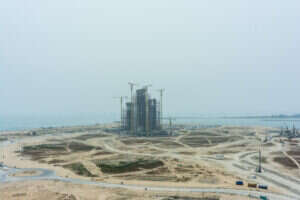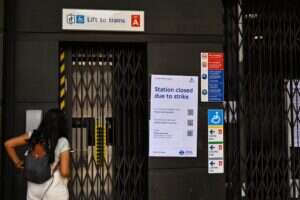The latest instalment of our weekly series, in which we use the Centre for Cities’ data tools to crunch some of the numbers on Britain’s cities.
This week, we’re doing something a bit different. The Centre for Cities dataset divides a city’s economy into five categories:
- Knowledge-intensive services (KIBS), which require high levels of qualifications and tend to pay well;
- Other private services;
- Manufacturing;
- Public services;
- And all other jobs – extractive industries, farming and so forth.
How jobs are distributed between those sectors has major impact on what a city’s economy looks like. To the first approximation cities with a lot of KIBS jobs tend to be rich; in developed economies, cities with unusually large manufacturing centres generally aren’t.
Right – those are all the clues you’re getting. Here are ten pie charts. All you need to do is name the city. Easy, right?
Jonn Elledge is the editor of CityMetric. He is on Twitter, far too much, as @jonnelledge.
Want more of this stuff? Follow CityMetric on Twitter or Facebook.






